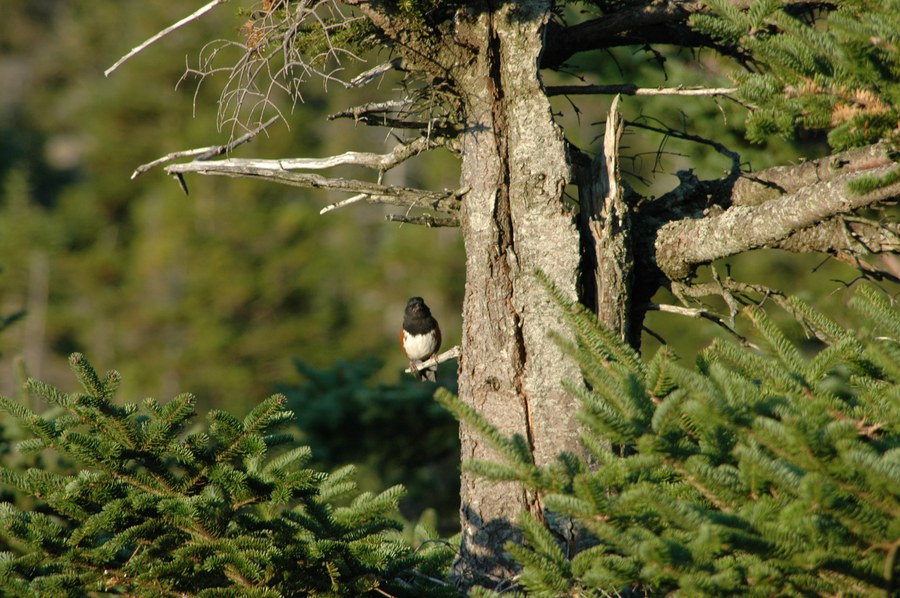Forests are the setting for nature’s most beautiful melodies.
Spring is nearly upon us. I saw a flock of migrating robins the other day that was akin to a scene from The Birds. Song sparrows and Carolina wrens have been ramping up their morning serenades to get a jump on staking out a good territory.
I love to hear the morning chorus and the sweet chatter before the light goes out of the day. I appreciate the mix of genres, if you will, and how they define a place – a field, a wetland, a forest, a backyard. So while I delight in this spring awakening, I don’t think much about song structure, the way it travels, or how that might affect my feathered friends.
By now, I’m sure you know that this likely has something to do with deer. Of course, it does. We know that deer browsing can reduce bird abundance and browsing by herbivores can have cascading consequences. While these relationships are complex, they are tangible even if we don’t fully understand them.
Well, let’s throw another dimension into an already over-layered, multi-pronged, tangled-up web – sound. That’s right. The noise that you and I and insects and frogs and squirrels and BIRDS make every day. The structure of a forest can alter sound propagation in the forest. Do you know what can alter forest structure? Deer.
Deer-browsed habitats have greater sound fidelity than deer-excluded habitats. The difference could alter the efficacy of acoustic communication, cultural evolution (young birds learn songs from adults), or local adaptations. It may not seem like a big deal but heavily browsed habitats could affect the way birds sing in the forest. And overtime could alter those songs. Crazy!
Healthy forests aren’t just about abundant forage, adequate cover, species diversity, and soil pH. Healthy forests are seen and heard. It’s a sound stage full of wonder. Go into the woods. Be still. Close your eyes. And listen. The songs you hear today may be different from what they were in the past.
-Jeannine Fleegle
Wildlife Biologist
PGC Deer and Elk Section
If you would like to receive email alerts of new blog posts, subscribe here.
And Follow us on Twitter @WTDresearch
